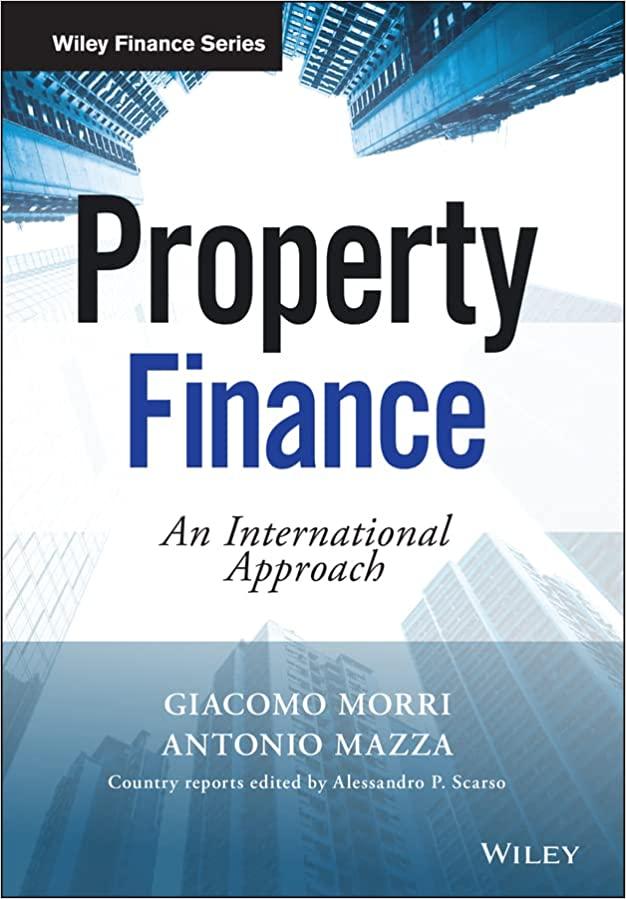this is 1 question, please answer asap, due soon
3. The cost of preferred stock Preferred stock is a hybrid security, because it has some characteristics typical of debt and others typical of equity. The following table lists various characteristics of proferred stock. Determine which of these characteristics is consistent with debt and which is consistent with equity. Consider the cace of Ferro Enterprises: 24. the piesent time, Ferro Enterprites does not have any preferred stock outstanding but is looking to include preferred stock in its capital structure in the future. Ferro has found come institutional investors that are willing to purchase its preferred stock issue provided that lt pays a perpetual dividend at s32 per share. If the invertors pay 5139.84 per share for their investment, then Ferro's cost of preferred stock (rounded to four decimal places) wiil) be If a firm cannot invert retained eamings to earn a rate of return the required rate of return on retainad earnings, it thouid return those funds to its thociholders. The cost of equity using the CAPM approach The curtent risk-free rate of return (ru) is 4,67% while the market risk premium is 6.63%. The Monroe Company has a bete of 0.92. Using the capital asset pricing model (CAPM) opproach, Monroe's cost of equity is Preferred stock is a hybrid security, becouse it has some charactenistics typical of debt and others typical of equity. The following tabie ists various: chanacteristics of preferred stock. Determine which of these characteristics is consistent with debt and which is consistent with equity. Consider the case of ferro Enterprises: At the present time, ferro Enterpises does not have any preferred stock outstanding but is looking to include preferred stock in its capitai structure in the future. Ferro has found some insututional investors that are willing to purchase its preferred stock issue provided that it pays a perpetusi dividend of \$13 per share. If the nvestors pay $139.94 per share for their investment, then ferros cost of prefered scock (rounded to four decumal patares) will be 4. The cost of retained earnings If a firm cannot invest retained eamings to eam a rate of retum the required rate of return on retained earninigs, it shovid retum those funds to fis stockholders: The cost of equity using the CAPM approach The current riskfree rate of retum (fRF) is 4.67%, while the market risk premium is 6.63%. The Monroe Company has a beta of 0.92. Using the copital assed nticitig madel (CAPM) approach, Moruce's cost of equity is. The cost of equity using the bond yield ptus risk premium approach The Jacison company as closely held and, therefore, cannot generate reliable inputs with which to use the capM method for estimating a companyes cost of irternal equity. Jadeson's boinds yeld 11.52%, and the fim's analysts estemate that the firm's nsk premium on its stock over its bonds is 39546. Based on the bond-yield-plus-risk-premium approsch, Jackson's eost of internel equity is: 16.4746 20590 1812% 15.74% Tucker Enterprisess stockis currently seling for $32.45 per share, and the firm expects its per-share fividend to be 51.38 in ane year, Analysts project the linmys growth rate to be constant at 7.27f. Estumating the cost of equity using the discounted cashl flow (or dividend growth) approach, What is Tucker's cost of internal equity? 12.104 14,4040 15.55% 11.5206 Fstimatimg growth rates It is often dificult to estimate the expected future dividend growth rate for use in estimating the cost of existing equity using the DC or DG appronch. In general, there are three available methods to generate such an estimate: - Conry forward a historical realized growth rate, and eoply it to the ruture. - Lotate and apply an expected future growth rate seepamd and publisied by cecurity analysts. - Use the retention growth model. equify (AOi) of tes. Tuckers estimated growth rate is













